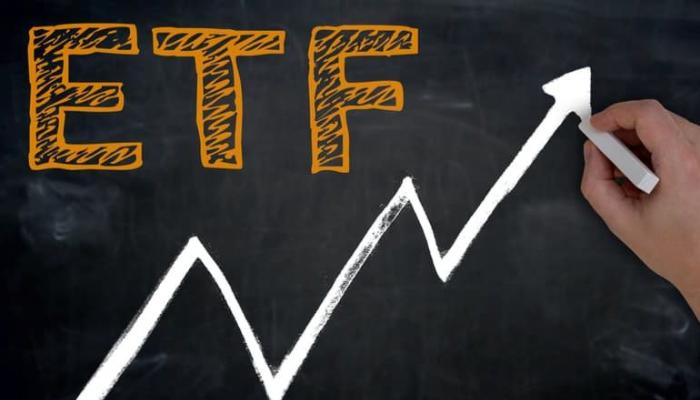Discover What ETFs Are and How to Invest Successfully in 2024
Exchange-Traded Funds (ETFs) have become one of the most popular investment tools over the past few decades, providing investors with an efficient way to diversify their portfolios.
Advertisements
In this article, we’ll explore what ETFs are, how you can invest in them, and the strategies you can apply to maximize your returns while minimizing risks.
Advertisements
Definition of ETFs
ETFs, or Exchange-Traded Funds, are funds that own a collection of assets such as stocks, commodities, or bonds and are traded on stock exchanges similar to stocks.
They combine the characteristics of a mutual fund with the flexibility of a stock, offering a practical way for investors to gain instant diversification.
Advertisements
Benefits of ETFs

ETFs (Exchange-Traded Funds) offer numerous benefits including low costs, high flexibility, and instant diversification.
In this section, we explore the primary advantages of investing in ETFs to enhance your portfolio.
Main Advantages:
- Diversification: With a single ETF, you can invest in a vast portfolio of assets.
- Reduced Costs: They generally have lower management fees compared to mutual funds.
- Flexibility: Can be bought and sold like stocks during market hours.
- Transparency: The components of the fund are disclosed daily, ensuring clarity for the investor.
Types of ETFs
There are several types of ETFs available, each offering different investment opportunities:
- Index ETFs: Track specific indexes like the S&P 500.
- Commodity ETFs: Focused on physical commodities, such as gold and oil.
- Sector ETFs: Invest in specific sectors of the economy, such as technology or healthcare.
- Bond ETFs: Comprised of various types of debt and government securities.
How to Invest in ETFs
Step-by-Step Guide to Investing:
- Choose a Brokerage: Open an account with a brokerage firm.
- Define Your Objectives: Determine which ETFs meet your investment goals.
- Research ETFs: Evaluate which ETFs are suitable for your strategy.
- Monitor Your Investment: Keep track of your ETFs’ performance and make adjustments as necessary.
Risks of Investing in ETFs
Investing in ETFs also involves risks, such as:
- Market Risk: The value of ETFs can decrease due to market movements.
- Liquidity Risk: Some ETFs may be hard to trade quickly in the market.
- Concentration Risk: ETFs focusing on a specific sector or region may be more volatile.
Market Analysis for ETFs
Market analysis is crucial before investing in ETFs. This includes understanding market trends, analyzing economic stability, and predicting future market movements that could affect the performance of ETFs.
Using technical and fundamental analysis can help identify the best times to buy or sell ETFs.
Investment Strategies with ETFs
Investing in ETFs (Exchange-Traded Funds) offers both simplicity and flexibility.
This section will guide you through the essential steps on how to effectively invest in ETFs, enhancing your portfolio’s potential.
Some effective strategies include:
- Long-Term Investment: Buying ETFs with the goal of holding them over a long period.
- Asset Allocation: Distributing investments among various ETFs to reduce risks.
- Tactical Balancing: Periodically rebalancing the portfolio to maintain an ideal asset allocation.
Performance of ETFs
Assessing the performance of ETFs is essential for any investment strategy. This not only includes looking at past returns but also understanding factors that might influence future returns. An ETF’s performance is often compared to its benchmark index.
Regulation and Supervision of ETFs
ETFs are regulated by entities like the Securities and Exchange Commission (SEC) in the USA. They are required to maintain transparency and follow fair market practices, providing a certain level of security for investors.
Future Trends for ETFs
Future trends for ETFs indicate continued growth and expansion into new asset categories.
Technological innovations, such as the integration of artificial intelligence for fund management, are shaping the future of ETFs, making them even more attractive options for global investors.
Investing in ETFs offers a tremendous opportunity to diversify investments and manage risks efficiently.
With the right strategies and a clear understanding of the available products, any investor can use ETFs to achieve their financial goals effectively and safely.





